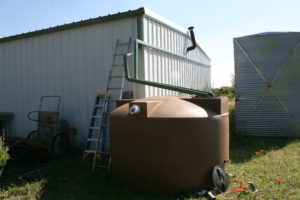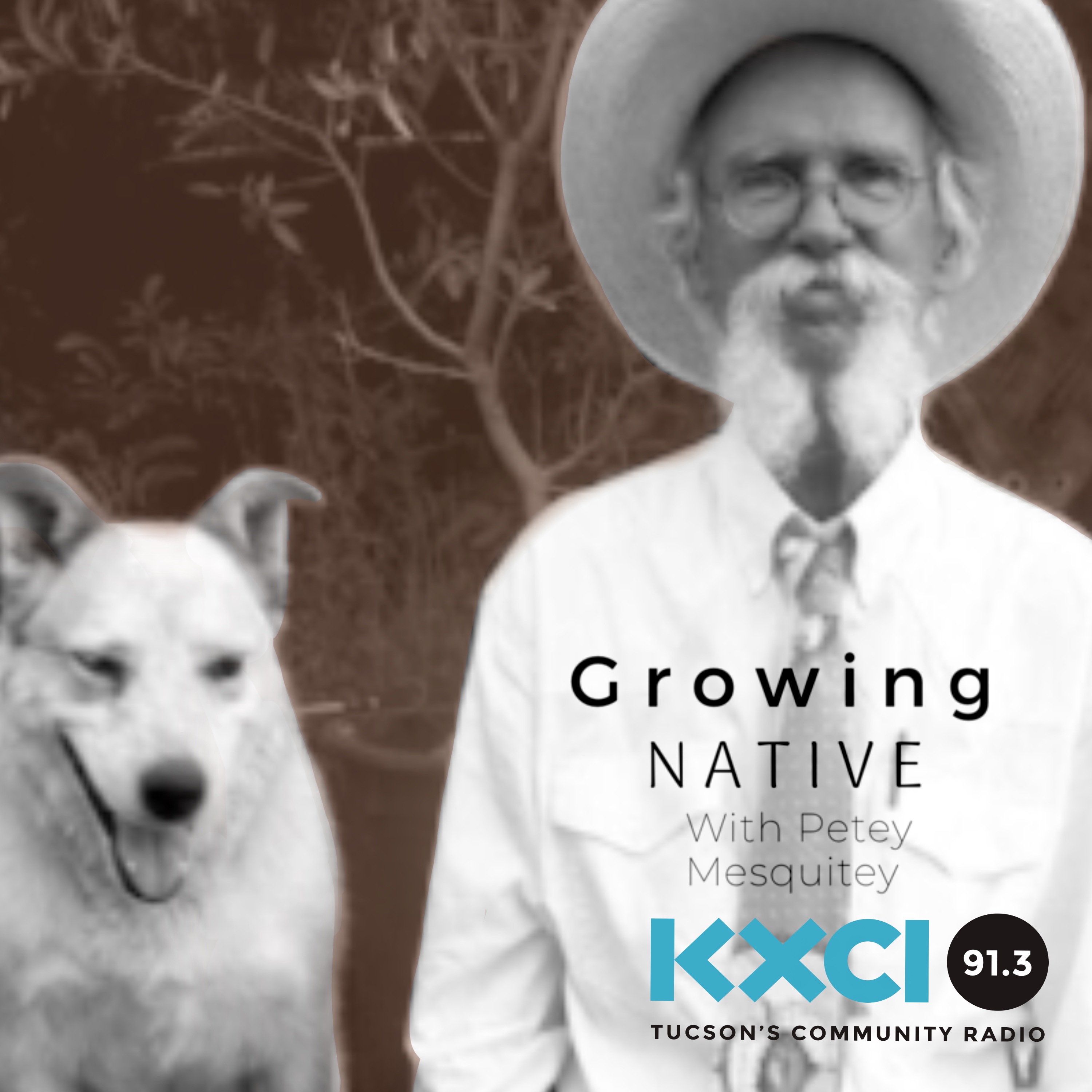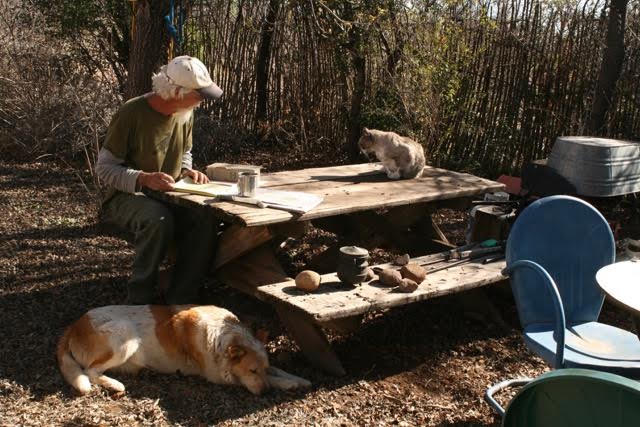
The Ol’ Guajolote is not alive with critters by the time it runs by our home. There are no fish or frogs or mud turtles found in it. You need to go further upstream closer to the headwaters to find minnows and frogs or mud turtles. Oh, in the summer after monsoon rains it will be full of tadpoles of toads and spadefoots and regrettably the non-native bull frogs, but when it runs clear after prolonged summer rains or snow melt in the winter, for me it just begs for life. I’m sure sometime in its past it was the stream I dream of, but I arrived a couple hundred years too late. That sure doesn’t take the fun out of watching it come down to our place slowly this winter or roaring past us in summer monsoon. Some early mornings after a rain I’ll stand at our screen door listening and I’ll hear the water rolling and gurgling over rocks. “Creeks up”, I say quietly.
A couple notes: I told the the story of me and Wendell and the mountain lion staring back at us in October of 2000. I believe it is on The Best of Growing Native Volume II. The scientific name for mountain lion is Puma concolor. It used to be Felis concolor. Puma is also a common name derived from the Peruvian name (mountain lions are found in both North and South America) and the species name concolor mean uniformly colored or one color, though I think a puma would be cute with a white chest. And the photo is of the aforementioned “Gyro Gear Loose” gutters leading to a 1,500 gallon tank. Hmm, I may need to straighten out that stove pipe….nah, fits right in.

Hmmm, a rambling reminiscence about amphibians and reptiles and of course to be continued, ‘cause here comes monsoon! The Sonoran Desert Toad, formerly the...

Petey encounters a black bear while on his annual hunt and gather in the Galiuro Mountains.

All the plants and their communities I was excitedly jabbering about are in the borderlands year round, but the sandhill cranes are only here...